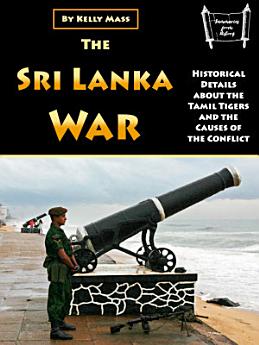Sri Lanka Civil War: Historical Details about the Tamil Tigers and the Causes of the Conflict
About this ebook
The historical roots of ethnic tension in Sri Lanka can be traced back to ancient migrations and conquests that created distinct communities with different languages, religions, and cultural traditions, but these differences were significantly amplified and politicized during the colonial period when British administrators employed divide-and-rule tactics that favored certain groups over others. The Sinhalese, who spoke an Indo-European language related to those of North India and practiced Theravada Buddhism, viewed themselves as the indigenous people of the island and the rightful guardians of Buddhist civilization. The Sri Lankan Tamils, concentrated primarily in the northern and eastern provinces, spoke a Dravidian language related to Tamil Nadu in South India and practiced Hinduism or Christianity, maintaining cultural and religious connections across the narrow strait that separated Sri Lanka from the Indian mainland.








